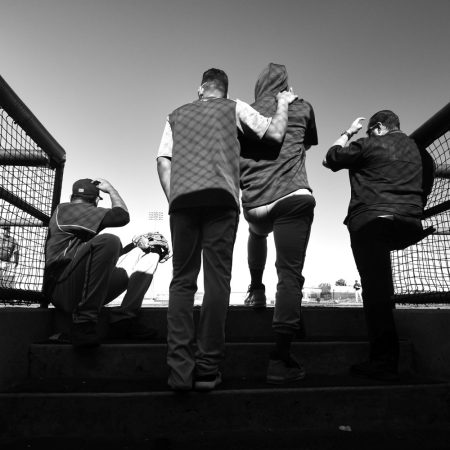Psychiatric care has come a long way since the mid-20th century, when so-called “insane asylums” were overcrowded and typified by ill-treatment, if not outright abuse, of patents. After those asylums closed down, making way for the first official mental-health hospitals and special-care units, pejorative phrases — like “psych ward,” “nut house” and “loony bin” — hung on for a time as society struggled to keep pace with advancements in the arena of mental care.
It’s been a slog, in other words, but one that continues to head in the right direction, especially as sensibilities have shifted in the last decade or so. Attention and appreciation of mental health has even led to tangible changes in the design of psychiatric hospitals. As a recent profile by The New York Times points out, these care centers have steadily shifted from the grim, asylum-like centers of old (which seemed almost determined to convey to patients, “Yes, something is wrong with you, so now you have to live in a dark, depressing building) to thoughtful spaces that emphasize natural light, gardens and gathering areas.
Green space has been proven to reduce stress levels, while a mix of quiet time (private rooms) with community (common rooms) can provide patients with a comfortable daily cadence. Of course, there are some unfortunate functional concerns that need to be kept in mind when designing a mental health facility: glass should be shatterproof, rooms can’t have exposed pipes or wooden beams, and doors should be easily opened by staff in case of an emergency. But architecture firms have managed to check these boxes while adding creative flourishes like in-room thermostat control, walkways lined with lavender (which has a calming scent), and yoga studios.
This approach is expensive. One of the latest psychiatric care centers, Ohana, in Monterey, California, cost $55 millions to build. But according to the American Society for Health Care Engineering, “40% of specialty hospitals under construction last year were psychiatric hospitals and behavioral health centers.” It’s a direct response to a struggling nation; 20% of Americans are suffering from depression, bipolar disorder, schizophrenia or PTSD. That number actually increases amongst adolescents. It’s worth spending that sort of money (which often comes via donations), to address a public health issue that has only grown since the arrival of the pandemic. And it’s well worth doing it right.
Thanks for reading InsideHook. Sign up for our daily newsletter and be in the know.


















